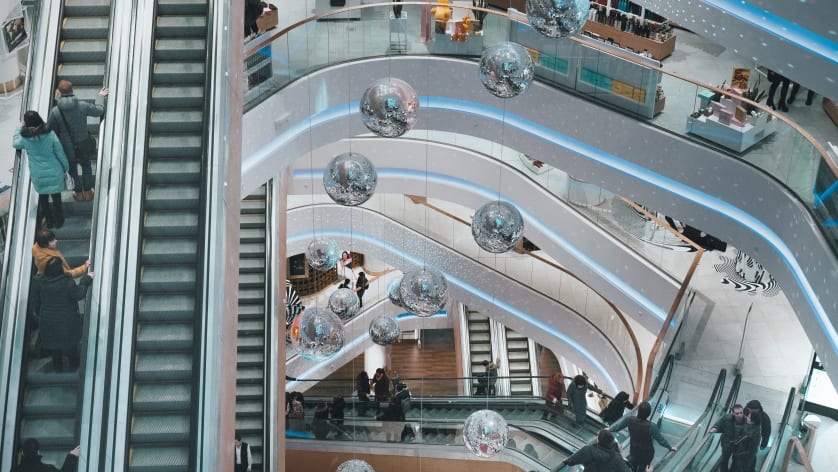How to Develop a Retail Personalization Strategy

Your company's success depends on your ability to solve business needs, create customer loyalty and stay on target with your consumers’ demands.
As I explored in my first column, personalization is key to the future of the apparel industry. If you missed the column, you can read it here.
However, a question still stands: How should your company specifically approach developing its personalization strategy?
Retailers are increasingly turning to technology to deliver the tailored experience that consumers expect. A survey by Accenture found that "91 percent of shoppers are more likely to shop with brands that recognize, remember, and provide relevant offers and recommendations." However, just as with their business strategy, every retailer's personalization strategy needs to be customized by identifying their consumers' needs and expectations, so they can develop a strategy that aligns with those individual requirements. By utilizing technology and leveraging consumer data, businesses can create deeper, more informed custom experiences.
Determine how personalized efforts can solve your specific business challenges.
By understanding how fulfilling consumers’ preferences can impact your business and solve related problems, you will be able to determine what technologies would be of most benefit to you. For example, if you have a wide variety of products and are looking to eliminate search fatigue, it would be advantageous to begin utilizing AI technology that recommends products to consumers based on their shopping preferences. Ads and promotions that are tailored to specific consumer needs are more likely to result in conversions and loyalty.
Develop a personal connection with your consumers by making an effort to understand them.
A survey by Segment found that 71 percent of shoppers have felt frustrated by an impersonal experience. Fit Analytics conducted qualitative user experience testing for Fit Finder and found that consumers prefer a longer user journey when it comes to size. The reason is that shoppers want to feel confident in the accuracy of their recommendation before proceeding with a purchase. By understanding the needs and preferences of consumers, retailers can create personalized experiences on their website to help increase engagement and repeat visits, which ultimately builds customer loyalty and satisfaction.
Be certain that your personalization efforts are all aligned
Personalization options are available that can sort on the product listing page, give product recommendations, and target ads on social media. It is also important to avoid personalized elements that do not inspire consumer confidence in your brand. For example, recommending out-of-stock products or providing an experience that is too tailored without input from the consumer could result in the consumer feeling spied on. This can have negative consequences. Instead, look for technologies that are multifaceted and provide curated experiences on web, email and social media.
Use technology to deliver accurate personalization.
After a personalization strategy is defined, AI and machine learning can be used to serve relevant content or products to the consumer. The system’s AI classifies all the relevant information; this could be demographic data like age, height, weight or preferences on products, styles or experiences. The classified data is then used in a series of complex machine learning models so that AI can learn to determine which custom experience or recommendations to serve each consumer.
By taking the time to establish a personalization strategy that actually meets the customers’ needs, retailers can expect to see improvements in KPIs such as site conversion rate, return visits, average order value and customer loyalty. Technology that curates a personalization strategy that meets business needs, creates customer loyalty and is aligned with consumers’ demands will be beneficial.
















